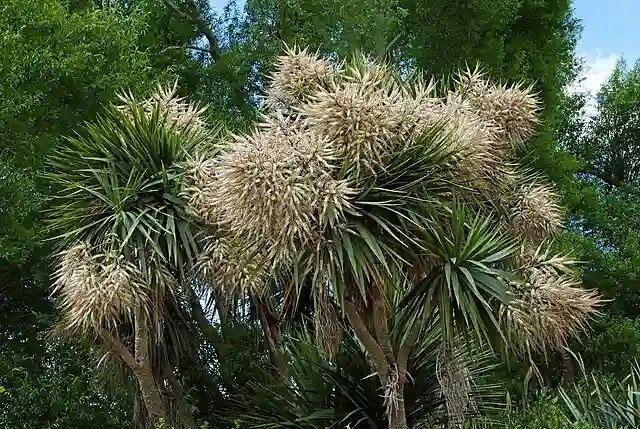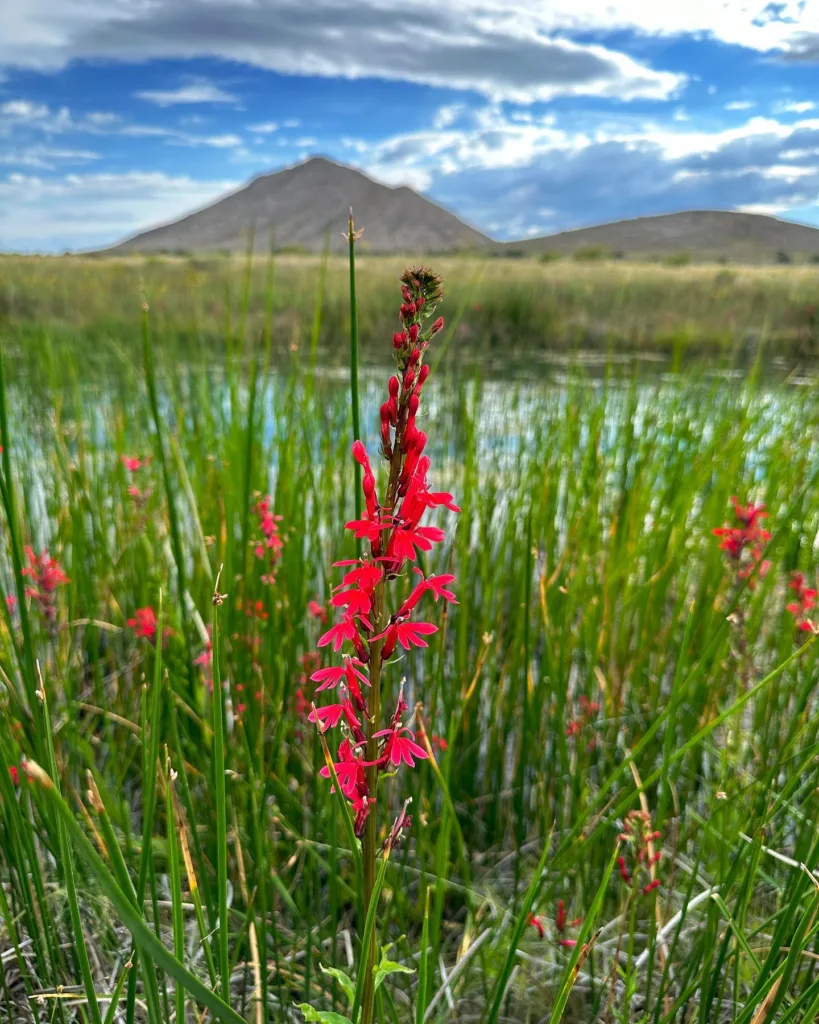Myoporum: A Deep Dive with Ferb Vu
My name is Ferb Vu, and I’ve always been fascinated by the diversity of plant life. Today, I want to share my enthusiasm for a particular genus that has captured my attention: Myoporum. This group of flowering plants, belonging to the figwort family (Scrophulariaceae), boasts a unique blend of resilience, aesthetic appeal, and ecological significance.
Understanding Myoporum
The name “Myoporum” originates from the Greek words “myo” (to close) and “poros” (pore), hinting at the plants’ remarkable ability to thrive in arid environments. This characteristic is largely due to the presence of specialized glands on their leaves, which help minimize water loss.
Myoporum species are typically shrubs or small trees, characterized by simple leaves and small, often white or pinkish flowers. While they may not be the showiest blooms in the garden, their understated elegance and adaptability make them a valuable addition to various landscapes.
Species in Myoporum
The genus Myoporum comprises around 36 species, with a significant portion endemic to Australia. Some of the notable species include:
- Myoporum acuminatum R.Br.
- Myoporum bateae F.Muell.
- Myoporum betcheanum L.S.Sm.
- Myoporum boninense Koidz.
- Myoporum bontioides (Siebold & Zucc.) A.Gray
- Myoporum brevipes Benth.
- Myoporum caprarioides Benth.
- Myoporum cordifolium (F.Muell.) Druce
- Myoporum crassifolium G.Forst.
- Myoporum cuneifolium Kraenzl.
- Myoporum floribundum A.Cunn. ex Benth.
- Myoporum insulare R.Br.
- Myoporum laetum G.Forst.
- Myoporum mauritianum A.DC.
- Myoporum montanum R.Br.
- Myoporum nieuanum H.St.John
- Myoporum obscurum Endl.
- Myoporum oppositifolium R.Br.
- Myoporum papuanum Kraenzl.
- Myoporum parvifolium R.Br. Plant FAQs: Myoporum Parvifolium
- Myoporum petiolatum Chinnock
- Myoporum platycarpum R.Br.
- Myoporum rapense F.Br.
- Myoporum rimatarense F.Br.
- Myoporum rotundatum S.Moore
- Myoporum sandwicense (A.DC.) A.Gray
- Myoporum semotum Heenan & de Lange
- Myoporum stellatum (G.L.Webster) O.Deg. & I.Deg.
- Myoporum stokesii F.Br.
- Myoporum tenuifolium G.Forst.
- Myoporum tetrandrum (Labill.) Domin
- Myoporum tubiflorum Kraenzl.
- Myoporum turbinatum Chinnock
- Myoporum velutinum Chinnock
- Myoporum viscosum R.Br.
- Myoporum wilderi Skottsb.
How fast does Myoporum grow?
Myoporum is a relatively fast-growing shrub, typically adding about 1 to 2 feet of growth per year under optimal conditions. Its vigorous growth habit makes it a popular choice for hedges, ground covers, and erosion control in landscapes.
How to plant Myoporum?
Here’s a guide on how to plant your Myoporum:
Location:
- Sunlight: Myoporum generally prefers full sun. However, in very hot summer areas, some afternoon shade can be beneficial.
- Soil: Myoporum thrives in well-draining soil. It can tolerate clay, loam, or even sandy soil types, but ensure it has good drainage to prevent root rot.
- Soil pH: Myoporum prefers slightly acidic soil with a pH below 7.0. If your soil is very alkaline, you can amend it with peat moss to lower the pH.
Planting Steps:
- Dig the hole: Make sure the planting hole is at least twice as wide as the root ball of your Myoporum and just as deep.
- Prepare the plant: Carefully remove the Myoporum from its pot, taking care not to disturb the roots.
- Planting: Place the Myoporum in the hole, ensuring it sits at the same soil level it was in the pot.
- Backfill and water: Fill the hole with the excavated soil, gently firming it around the plant. Water thoroughly to settle the soil and ensure good moisture around the roots.
- Mulch (optional): Apply a layer of mulch around the base of the plant to help retain moisture, suppress weeds, and regulate soil temperature.
Aftercare:
- Watering: Water your newly planted Myoporum regularly, especially during the first few weeks or until established. Once established, Myoporum is quite drought tolerant and needs infrequent watering, particularly in cooler months. Aim for deep watering every 1-2 weeks during hot summers and less often during fall and winter.
- Pruning: Myoporum can be pruned to maintain its desired shape and size. Pruning is best done in late winter or early spring before new growth appears.
By following these steps, you should have your Myoporum thriving in your garden!
How to propagate Myoporum?
Myoporum can be propagated from seeds, cuttings, or layering. Stem cuttings taken from healthy, mature plants can be rooted in a well-draining potting mix. Layering involves bending a low-growing branch of the plant to the ground, covering it with soil, and allowing it to root before severing it from the parent plant.
Is Myoporum drought tolerant?
Yes, Myoporum is known for its drought tolerance once established. It’s well-suited to arid and semi-arid climates and can tolerate periods of drought with minimal irrigation.
Is Myoporum toxic to dogs?
As far as I know, Myoporum is not considered toxic to dogs. However, it’s always a good idea to monitor pets around plants and consult with a veterinarian if you have any concerns about their safety.
Can I put Promiadine on Myoporum?
Promiadine is a herbicide that is typically used to control broadleaf weeds and grasses. It’s not specifically labeled for use on Myoporum, so I would recommend checking the herbicide label for specific instructions and precautions before applying it to any plants.
Can Myoporum take full sun in Phoenix, AZ?
Myoporum can tolerate full sun in Phoenix, AZ, but it may benefit from some afternoon shade, especially during the hottest part of the day. Providing adequate water and mulching around the base of the plant can help it withstand the intense heat and sunlight of the desert climate.
Do desert tortoises eat Myoporum?
While Myoporum is not typically a preferred food source for desert tortoises, they may nibble on it if other food sources are scarce. However, it’s not a primary part of their diet, and they generally prefer native desert plants.
Do Sonoran desert tortoises eat Myoporum?
As far as I know, Sonoran desert tortoises do not specifically seek out Myoporum as a food source. They primarily feed on native desert plants, grasses, and succulents that are better adapted to their dietary needs.
How deep do Myoporum roots go?
The root system of Myoporum tends to be relatively shallow, extending only a few feet below the soil surface. This makes it well-suited to well-draining soils and container planting.
How far apart can Myoporum be planted?
Myoporum can be planted relatively close together, depending on the desired density of the planting. Typically, spacing them about 3 to 5 feet apart is suitable for creating a dense hedge or ground cover.
How long does Myoporum live?
The lifespan of Myoporum can vary depending on growing conditions, species, and maintenance practices. In general, well-cared-for Myoporum plants can live for 20 years or more in the landscape. Regular watering, pruning, and fertilizing can help prolong the life of Myoporum plants and keep them looking healthy and vibrant.
If i die, water my plants!



